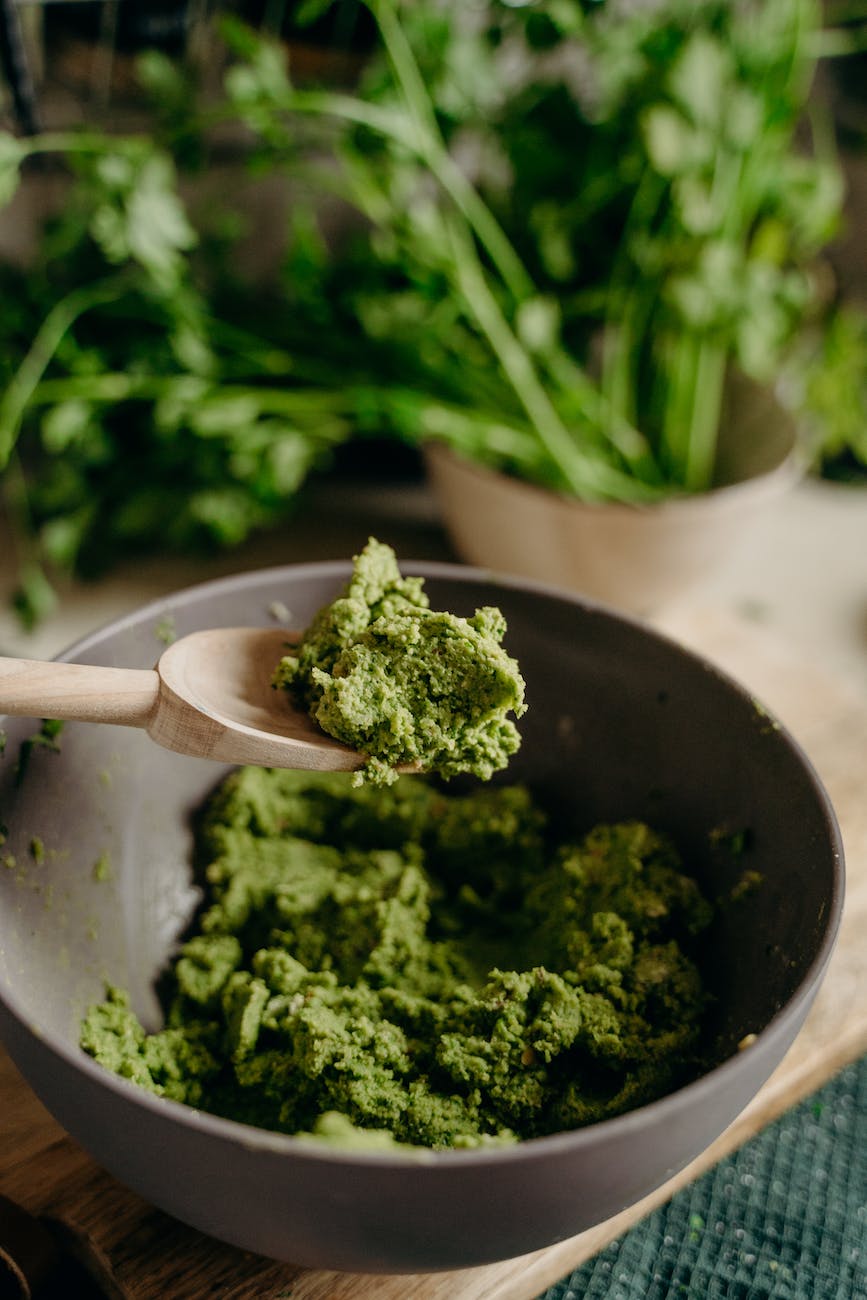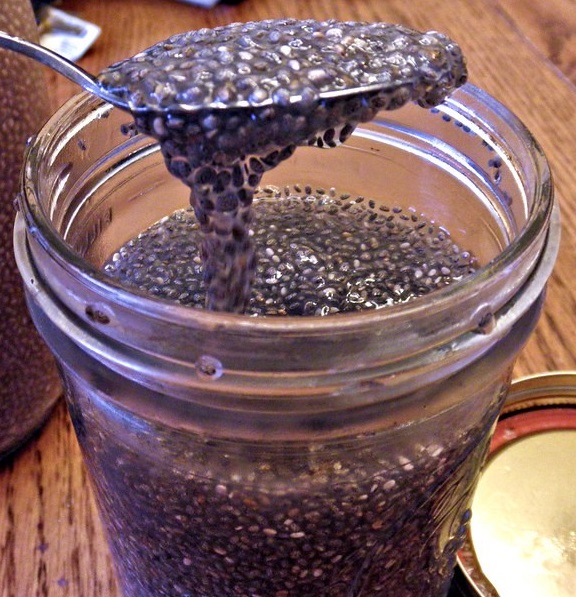
Namaste, Pasta Aficionados! 👋
Prepare to embark on a pasta voyage like never before. Picture this – your favourite Pesto Pasta decides to take a well-deserved vacation to the land of spices, India. The result? An unthinkably scrumptious fusion that would leave even the Italian Nonnas scratching their heads in amazement! Are you ready to witness this flavoursome spectacle? Then buckle up, and let’s hit the spice road! 🌍🔥
Pesto Pasta: A Quick Recap 🍝🌶️
First, let’s address the pasta in the room. Pesto Pasta, an Italian darling, has wormed its way into global hearts with its exquisite simplicity. Its traditional version, hailing from Genoa, is a brilliant concoction of fresh basil, pine nuts, Parmigiano-Reggiano, garlic, coarse salt, and olive oil. It’s hard to resist, we agree, but our beloved pasta has packed its bags and is all set for an Indian adventure! 🇮🇹🍝
And guess what? This isn’t just a riot of flavours that’ll make your taste buds dance the Bhangra. Our Indian twists are also loaded with nutritious elements. Here’s presenting Pesto Pasta’s crazy, funny, and incredibly delicious Indian saga:
1. Coriander Pesto Pasta or ‘Dhania Pesto Pasta’ 🌿
Think of this as Pesto Pasta trying out the Indian green carpet look! Substitute basil with fresh dhania (coriander), and you’ve got yourself a green sauce that screams ‘desi’. Toss it with whole wheat spaghetti (because, hey, we’re health-conscious too!) and crown it with a sprinkle of roasted jeera (cumin) and crushed peanuts. It’s like our pasta just walked the ramp at a fashion week in Delhi!
2. Mint Pesto Pasta or ‘Pudina Pesto Pasta’ 🍃
This one’s like Pesto Pasta’s beach vacation in Goa. Fresh pudina (mint) replaces the traditional basil, giving the pesto a fresh, tropical twist. Blend it with almonds (pine nuts, who?), garlic, lime juice, and olive oil, and what you get is a pesto sauce that’s ready to party. Add some fusilli or penne to the mix and top it off with grated coconut. It’s like sipping a margarita on an Indian beach, but in pasta form!
3. Curry Leaf Pesto Pasta or ‘Kadi Patta Pesto Pasta’ 🍛
Picture Pesto Pasta trying out the traditional South Indian lungi dance – hilarious, right? This variation is exactly that! Replace the basil with kadi patta (curry leaves), and blend it with walnuts to get an aromatic pesto. Toss your pasta in this for an unforgettable taste and top it off with a sizzling tadka (tempering) of mustard seeds and dry red chillies. This dish is ready to do the lungi dance on your plate!
4. Spinach Pesto Pasta or ‘Palak Pesto Pasta’ 🥬
Inspired by the famous Indian dish Palak Paneer, this version sees our Pesto Pasta trying out Bollywood-style romance. Make a pesto using blanched palak (spinach) and let your pasta sway in this green, nutrient-rich sauce. Throw in some paneer (Indian cottage cheese) cubes, and voila! Your pasta is ready to serenade you, Bollywood style!
5. Tomato and Sesame Pesto Pasta or ‘Tamatar Til Pesto Pasta’ 🍅
Think of this as Pesto Pasta’s rendezvous with Rajasthan’s vibrant culture. Sun-dried tamatar (tomatoes) and til (sesame seeds) give a flavourful twist to the traditional pesto. Add a sprinkle of fresh dhania (coriander), and you have a pasta dish that’s as colourful and tangy as a Rajasthani folk dance!
So, here’s the thing, folks. These Indian spins on Pesto Pasta are not just hilarious to imagine, they’re also incredibly delicious to devour! And remember, in the realm of fusion cooking, there are no rules. Only the wild, wild joy of experimentation.
As you create these laugh-out-loud funny pasta dishes, do share your culinary stories and pictures with us and our community of food lovers at EatLo. Let’s laugh, cook, experiment, and celebrate our love for food, one pasta dish at a time!
After all, who knew Pesto Pasta’s Indian vacation would be this hilarious and mouth-watering? But hey, that’s the beauty of food fusion! 😜👊













